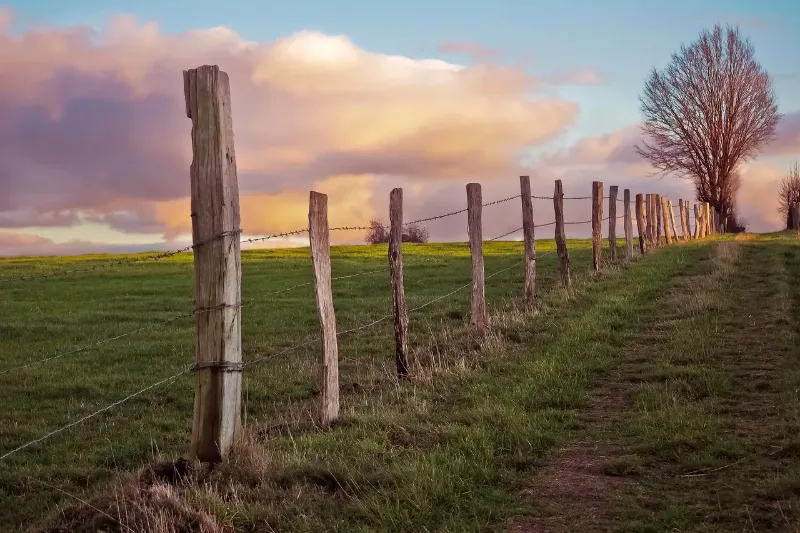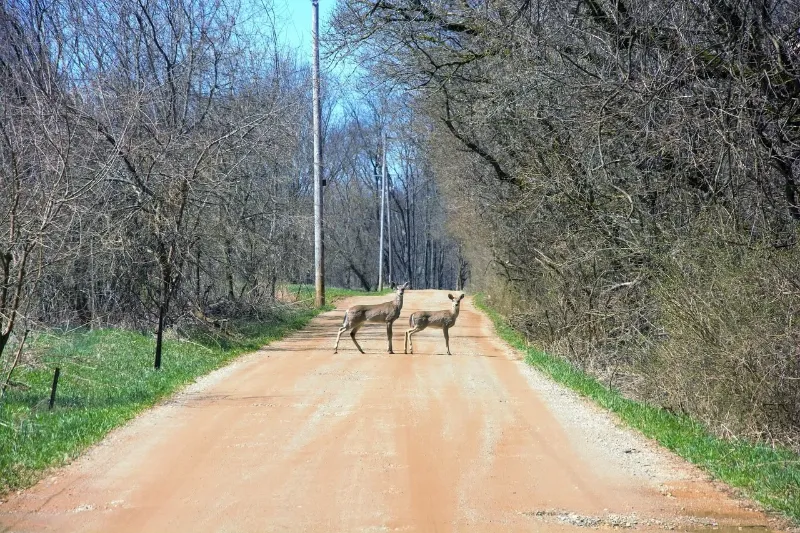Home, home on the range, where the deer and the antelope play! I was driving to the gym, this week, and I saw a cow on the side of the highway, with a truck driving alongside, trying to coax it back away from the highway. It made me think of all of the things I have learned about livestock, wild animals, and car wrecks, so I decided to share a little information with my readers. You might be wondering, “Are there any laws, requiring cattle owners to keep their cattle fenced in?” If so, great question! Texas is an open range state.
1. What does open range mean?

If you are wondering what “open range” means, that is understandable. Open range means that cattle owners are not required to put up fences, to keep their animals on their land. Texas has been an open range state for centuries. The Texas Supreme Court continues to support the right of cattle owners, to keep their lands “open”. The open range designation allows for cattlemen to drive their cattle along cattle drives, to take the livestock to auction, to move the cattle freely on the land, without restrictions of fence posts and barbed wire. If you are in a wreck with livestock in an “open range” state, the livestock owner will most likely, not be liable for your damages. Fear not, there may be local laws that can protect roadway travelers from roaming, road crossing livestock.
2. How do I find out if my county is open range?

As time past and Texas became more industrialized, counties began to enact what are called “stock laws” to protect the roadway and highway traveling citizens. These laws require cattlemen to fence their livestock, to keep them off the roadways and highways. It would be nice if there were a common place to look, to find out if your county is open range, but unfortunately, there is not. Typically, these laws are memorialized in the county’s commissioner court meeting notes. If you need a copy of the actual law, which you might, if you are in a wreck with livestock, you can start with a call to the county clerk and they should be able to direct you where to start your search, to get a copy of the local livestock law, if there is one. Below is a list of some of the counties around us and what their local stock laws say:
County Stock Law Animals Covered Year Elected
Grayson Yes Horses, mules, jacks, jennets, donkeys 1979
hogs, sheep, goats, cattle
Denton Yes Hogs, sheep, goats (1898), horses, mules 1898 & 1900
jacks, jennets, cattle (1900)
Hunt Yes Hogs, sheep, goats (1882), horses, mules 1882 & 1907
jacks, jennets, cattle (1907)
Fannin Yes Horses, mules, jacks, jennets, cattle, hogs 1919
sheep, goats
Collin No None N/A
Cooke Yes Horses, mules, jacks, jennets, cattle 1900
If you live in a county that has adopted a stock law and a livestock owner fails to put up or maintain fencing, to keep the livestock on his/her land, and one or more of that livestock come on to the highway and cause you to have a wreck, you could potentially make a claim against that livestock owner for negligent maintenance of the fencing that was put there to protect you, a roadway traveler.
3. What about wild animals?

If you crashed into a wild animal, since the animal is not “owned” by anyone, you would not have any one to make a claim against. For this reason, if you live in a town or often travel through a town, that has a large wild animal population, that cross the roadways regularly, you will want to make sure that you have collision coverage, on your vehicle, this will allow you to get your vehicle repaired, if you hit a wild animal. If you do not have health insurance, you will want to look into what is called Medical Payments coverage or Personal Injury Protection, to protect your body in these types of crashes. Both of these coverages will cover medical expenses up to the limit of the policy. In some states, Medical Payments is subrogatable; that means they could require re-payments, from a third party settlement. Because Medical Payments can be subrogatable, it may be a little more affordable than Personal Injury Protection. Make sure to have a discussion with your insurance agent to determine what is the best type of coverage for you!
4. Safety tips if a crash with a large animal is inevitable!

Over the past 2 decades, I have been involved in cases where horses and cows have crossed the roadways, causing some severe injuries. If you travel on roadways with a high wildlife or cattle population, the first thing to do, is try to avoid collisions with these animals; you can do that by minimizing distractions, in your vehicle, staying in the middle lane (livestock tend to roam near the open land/pastures, so if you are in the middle lane, it will allow you a little more time to react), and if you see loose cattle, call local law enforcement, so they can work to get the cattle back where they belong. If you see the animal, and have time, try to give some quick flashes of your driving lights, and honk your horn; this could urge the animal to move off of the roadway; back to where they came from. One last tip, some animals tend to travel in herds, so be on the look out for herds and if you see a herd, slow down, be alert, and allow yourself extra reaction time, incase one has strayed from the herd.
If you were not able to avoid the collision, according to farmersalmanac.com, ” If you do hit a large animal, lean toward the door frame and not the center of the car. When animals are hit head-on, they tend to roll over the vehicle, crushing the center of the windshield and roof. If you do happen to collide with an animal, remember to never touch or help an animal in the roadway. Pull off the roadway and immediately call the police and be sure to get a police report; many insurance companies may not pay for damages without a police report.” I think the word “roll” is a little on the weak side, to describe what happens when you slam into a large animal on the road; what I have seen, from previous cases that I work on, was when the driver slammed on their brakes, the front of the car dipped down, then basically through the large animal, right into the windshield, causing to crash through the windshield and directly into the driver and passengers in the vehicle.
Like most collisions, there are many steps we can take to avoid crashing into roaming cattle or wild animals. As always, stay safe!

